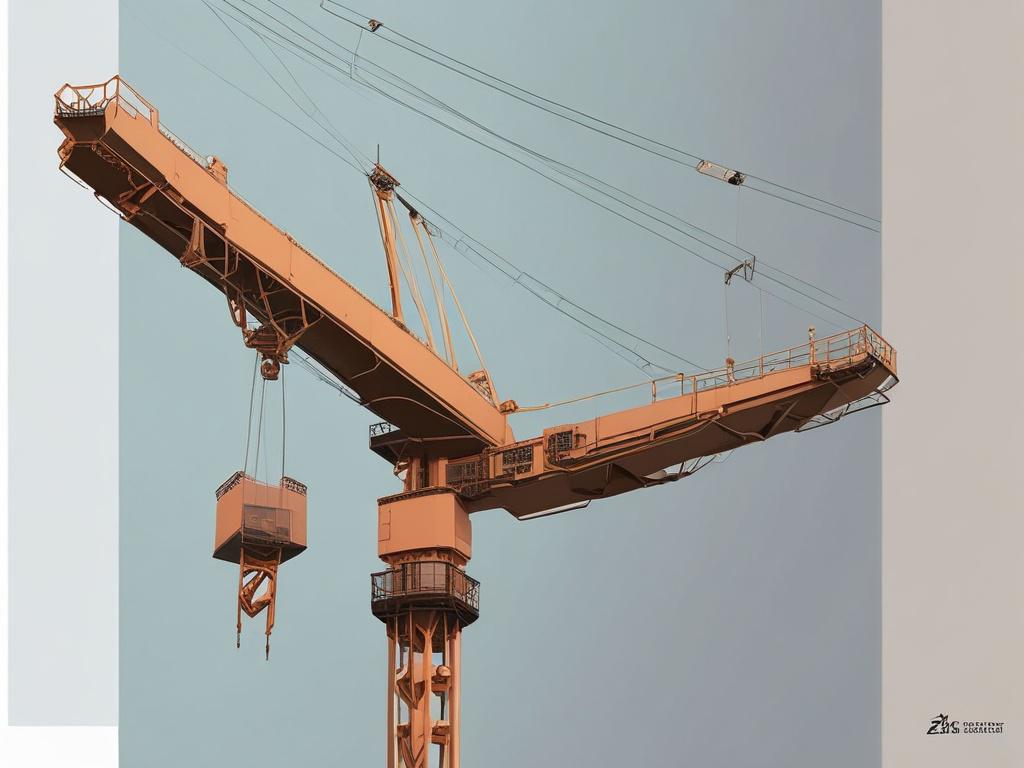
When lifting heavy loads in industrial settings, choosing the right crane design is essential for safety and efficiency. Two popular options are double and single girder cranes, each offering distinct advantages that cater to specific project needs. Understanding these differences can help businesses make informed decisions to optimize their operations.
In this blog post, we will explain the key differences in design between double girder and single girder cranes while highlighting the types of projects that best suit each configuration.
When you explore crane designs, you quickly encounter two primary types: double girder and single girder cranes. The key difference lies in their structural configuration. A double girder crane utilizes two parallel main beams or girders, supporting the hoist mechanism between them. This design enables it to handle heavier loads and provides greater lifting heights and spans. In contrast, a single girder crane consists of one main girder with the hoist located underneath, making it lighter and more suitable for lighter lifting tasks. The simplicity in construction often leads to lower initial costs for single-girder cranes, but their load capacity and height limitations make them less versatile for specific applications.
Another notable difference is the operation and maintenance implications of both designs. Double-girder cranes typically feature more robust components and can accommodate complex movements, allowing for improved stability and precision during operation. However, these attributes often increase maintenance requirements over time due to the additional mechanical parts. While simpler and easier to maintain, single-girder cranes may require more frequent inspections to ensure reliability, especially in demanding environments.
Double girder cranes excel in heavy-load applications, making them ideal for industrial projects that demand robust structural support. Industries such as steel manufacturing, heavy machinery assembly, and large-scale construction often utilize these cranes for their impressive lifting capacities. The dual girder design distributes the load evenly, allowing larger and heavier loads to be lifted with stability and precision. This versatility suits facilities with high ceilings or where large materials need to be moved across significant spans, improving production and logistics operations efficiency.
In addition to heavy-duty applications, double girder cranes are well-suited for projects that require advanced features and functionality. Facilities that integrate sophisticated automation systems or specialized lifting mechanisms often opt for double girder configurations because of their engineering flexibility. This design accommodates various attachments, such as magnet lifters or hooks, enhancing their adaptability for different operations. Further, double girder cranes can achieve greater hook heights, providing maximum clearance for lifting operations, which is particularly advantageous in warehouses or distribution centers with high stacking requirements.
Single-girder cranes are ideal for smaller-scale applications with moderate lifting capacity and span requirements. Industries such as manufacturing, warehouses, and storage facilities rely on them to handle lightweight materials or equipment. Their compact design allows for effective overhead space utilization, making them advantageous in facilities with height restrictions. Additionally, single-girder cranes usually require less investment and provide a more straightforward installation process, suitable for startups and smaller companies operating on tighter budgets.
Single-girder cranes benefit projects involving assembly lines or manufacturing stations that require precise and repeated movements. These cranes excel in lifting components and materials in applications such as automotive assembly or light fabrication work. Further, single-girder cranes are often employed in renovation projects, where their lightweight structure minimizes the load on existing infrastructure.
Our team has been family-owned and operated since 1974 and specializes in overhead cranes, hoists, parts, and ongoing service. Our decades of experience make us confident we can help you with any crane, lifting equipment, or hoist repair.